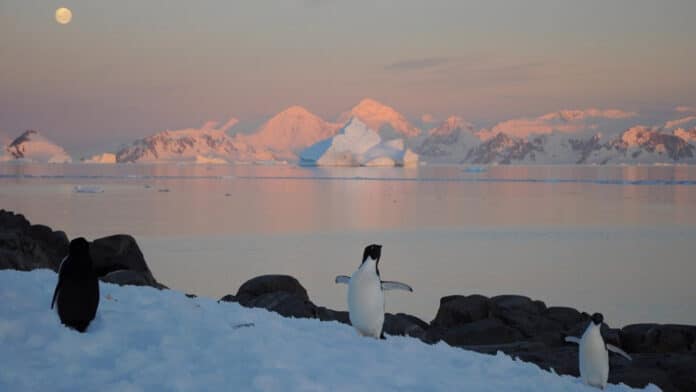There is mounting evidence that the combustion of fossil fuels and the resulting global warming of 1.1°C to date have increased the frequency and intensity of catastrophic environmental occurrences. It is well known how such occurrences, which have increased rainfall and flooding, heatwaves and wildfires, drought and food and water shortages, and times of bad cold, have affected civilization outside Antarctica.
A new study from the University of Exeter briefly examined the evidence for extreme events in Antarctica and the Southern Ocean across various environments and timescales. It found that new Antarctic extremes are ‘virtually certain’ as the world warms. Researchers warn of the global implications of Antarctic change and the increasingly dire need to reduce greenhouse gas emissions and limit global warming.
It is almost clear that extreme events in Antarctica, like ocean heat waves and ice loss, will increase in frequency and severity. Environmental experts warn that the fragile environments of Antarctica “may well be subject to considerable stress and damage in future years and decades” and want immediate policy action to safeguard them.
Lead author Professor Martin Siegert, from the University of Exeter, said, “Antarctic change has global implications. Reducing greenhouse gas emissions to net zero is our best hope of preserving Antarctica, and this must matter to every country – and individual – on the planet.”
“The rapid changes now happening in Antarctica could place many countries in breach of an international treaty. Signatories to the Antarctic Treaty (including the UK, USA, India, and China) pledge to preserve the environment of this remote and fragile place.”
“Nations must understand that by continuing to explore, extract and burn fossil fuels anywhere in the world, the environment of Antarctica will become ever more affected in ways inconsistent with their pledge.”
To understand the causes and possible future changes – following a series of recent extremes – the researchers considered Antarctica’s susceptibility to a spectrum of extreme events.
For instance, East Antarctica experienced the world’s largest heatwave (38.5°C above the mean) in 2022, while winter sea ice creation is currently the lowest on record.
Extreme occurrences may also impact biodiversity. For instance, high temperatures have been connected to years with fewer krill populations, which has caused krill-dependent predators to have mating failures, as shown by the large number of dead fur seal pups on beaches.
Co-author Professor Anna Hogg, from the University of Leeds, said: “Our results show that while extreme events are known to impact the globe through heavy rainfall and flooding, heatwaves and wildfires, such as those seen in Europe this summer, they also impact the remote polar regions.”
“Antarctic glaciers, sea ice, and natural ecosystems are all impacted by extreme events.”
“Therefore, it is essential that international treaties and policy are implemented to protect these beautiful but delicate regions.”
Dr. Caroline Holmes, a sea ice expert at British Antarctic Survey, said: “Antarctic sea ice has been grabbing headlines in recent weeks, and this paper shows how sea ice records – first record highs but, since 2017, record lows – have been tumbling in Antarctica for several years.
“On top of that, there are deep interconnections between extreme events in different aspects of the Antarctic physical and biological system, almost all vulnerable to human influence in some way.”
Journal Reference:
- Martin Siegert,Mike Bentley, Angus Atinson et al. Antarctic extreme events. Frontiers in Environmental Science. DOI: 10.3389/fenvs.2023.1229283
